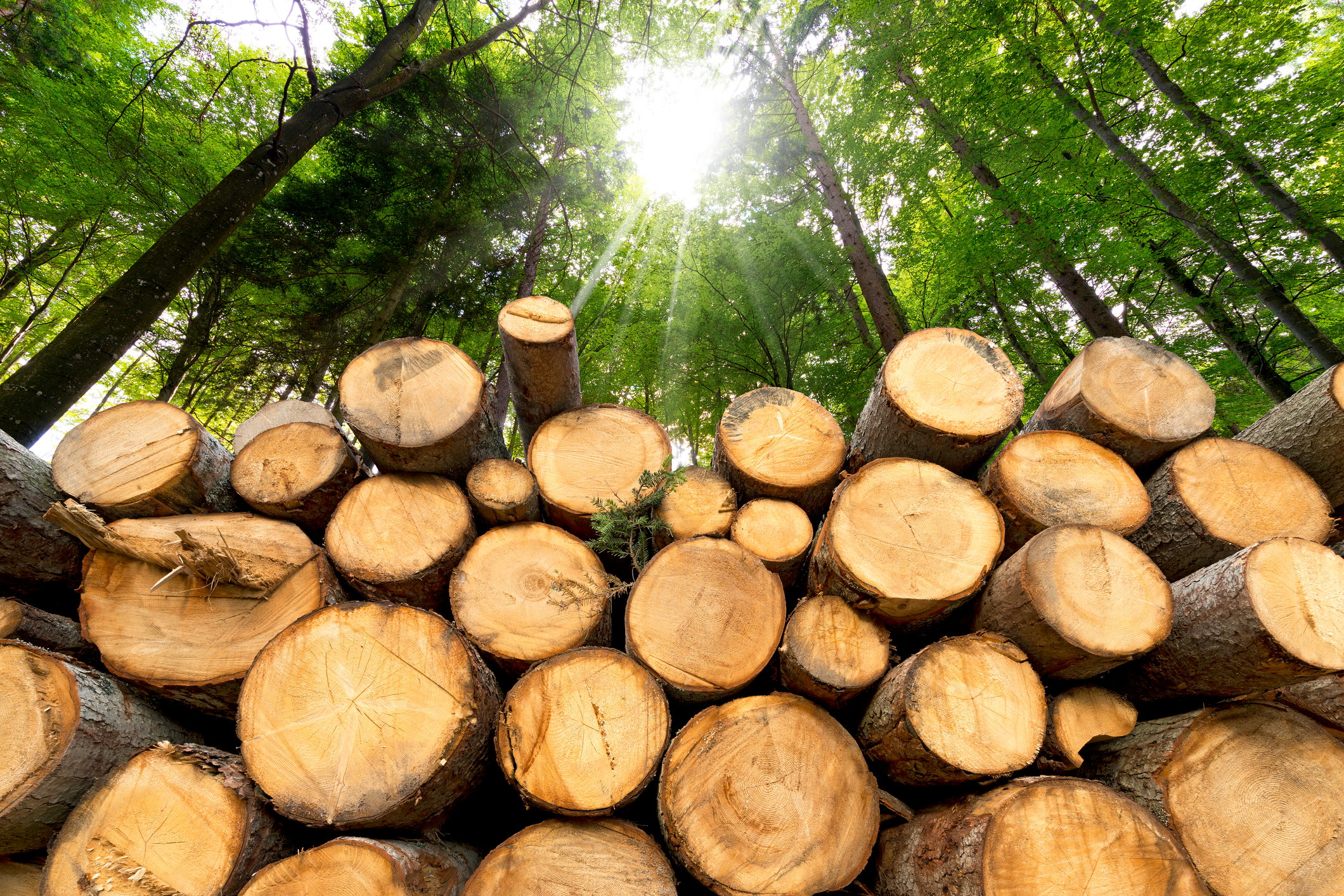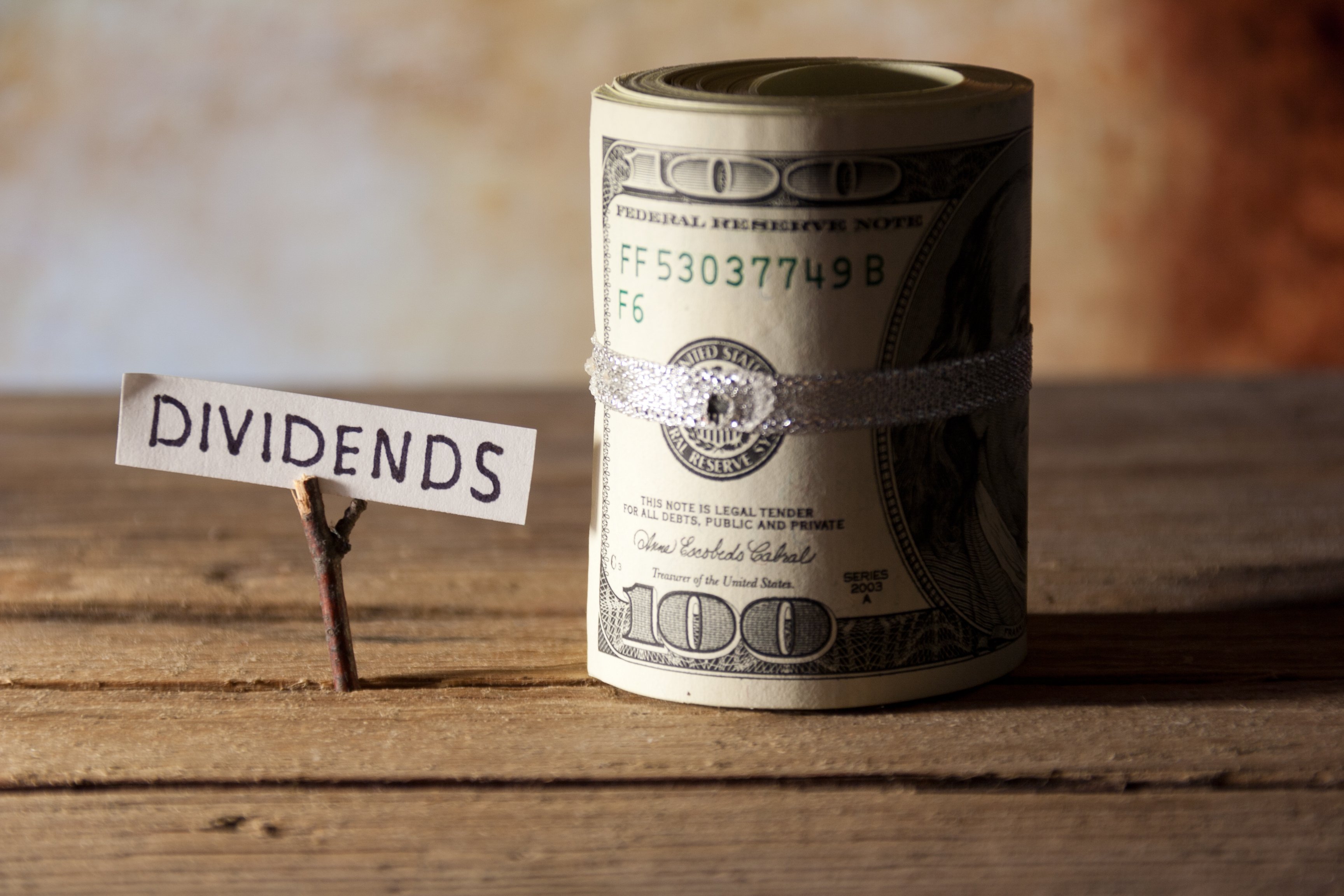Do you remember when you were a kid and your parents told you that money didn't grow on trees? That usually ended the discussion while also putting an end to your dream of a new toy that day. Unfortunately for you, what your parents told you was only partially true.
Sure, dollar bills don't grow on trees. But the trees themselves are worth big bucks, and the marketplace for timber and its associated products are a multibillion dollar global industry. For a good primer on the industry, be sure to check out fellow Fool Dan Newman's Timber 101.
Timber as an asset class is a favored investment for many institutions. It has a lot to offer as it's a lower-risk asset, which provides portfolio diversification and acts as a hedge against inflation risk. Unlike many of the other investment options available, it offers investors true "organic" growth as the trees grow each year. Looking into the year ahead, there are three major structural changes under way in the industry that investors need to watch.
The Canadian supply shock
The Mountain Pine Beetle Epidemic that's been ravaging Canadian forests will continue to take its toll. For decades, the annual allowable cut in B.C. was around 70 million m3, however, that number bumped up to nearly 90 million m3 from 2005 to 2010 to utilize dead and dying trees. The allowable harvest has been falling rapidly over the past couple of years, and by 2015 the B.C. government projects sustainable harvest levels to be in the 50 to 60 million m3 through 2075.
Since peaking in 2008, we've seen a nearly 10 million m3shrinkage in the allowable cut. With another 20 million to 30 million m3 in reductions over the next couple of years, it'll mean one thing: The U.S. timber industry will need to fill in much of the gap. This is especially important for those companies with timberlands on the West Coast because of the increased demand from China.
The Chinese demand shock
Like it is with most commodities, China is the largest importer of timber. Since 2003, exports of North American lumber has increased 20 times, and it represented 7% of North American lumber production in 2011. That's likely to continue to increase for the foreseeable future, with West Coast producers seeing the greatest lift from this trend.
Taken together, the supply impact from Canada with increased exports to China will have a major impact on the timber market. It's estimated that between 12% to 22% of the North American lumber market will be affected by these structural changes in the market. Some timberland-related companies will see a greater impact from these trends.
West Coast investment opportunities
Topping the list with nearly 2 million acres in its U.S. West business is Weyerhaeuser (WY +0.08%). The company has one of the largest acreage positions with access to the lucrative export markets. However, just a quarter of its revenue is generated from its timberlands segment. Moreover, just a third of its acres are in the U.S. West.
Another less direct option for investors is Brookfield Infrastructure Partners (BIP +1.67%). While only representing 14% of Brookfield Infrastructure Partners revenue, the company does have all 419,000 acres of its timberlands in costal locations with access to Asian markets. In 2012, exports represented 39% of total volumes. After deferring 2.9 million m3 of harvest volumes due to unfavorable pricing the past few years, the company now sees the opportunity to increase its long-run sustainable yield to 120% for the next decade to take advantage of the eventual recovery of log prices. This will add a nice boost to earnings.
While nearly three quarters of its revenue is derived from its performance fibers business, Rayonier (RYN 1.11%) will also see an uptick in its West Coast operations. The company owns 389,000 acres in Washington state and has a 26% equity interest in Asia Pacific Forest Resources. The New Zealand-based venture manages approximately 332,000 acres of timberlands. While approximately 65% of the harvest is sold to domestic mills, the bulk of the balance is exported to Asia. Rayonier has been one of the best-performing timber investments of the past decade and an improvement in timber prices should continue that trend.
Finally, with 492,000 of its 6.6 million acres along the West Coast, Plum Creek Timber (PCL +0.00%) will also see an uptick from these structural changes. It exported 215,000 tons in 2011 and expects to have delivered 400,000 tons in 2012. Not only will the company benefit from exports but it sees the structural changes in the market to give the equivalent boost of 600,000 housing starts.
Someday housing will recover
Which leads me to the third and final major structural change: housing. After the housing boom went bust, the industry has spent the past several years underinvesting in new home construction. The slow recovery is finally starting to show signs of picking up, with starts rising from an annual rate of 851,000 in November to 954,000 on an annual rate in December. As this trend continues it'll lift timber prices and the stocks of those that sell it.
Of the major timber players, few have the leverage to housing as Weyerhaeuser. In addition to its well-positioned timberlands, it will enjoy further leverage as another 45% of its revenue comes from its wood products division. Finally, the company owns several small homebuilders, which when taken together represent a top 20 homebuilder.
Foolish bottom line
2013 looks to be the beginning of a long-term bullish trend for the timber industry. Among its bulls, Jeremy Grantham sees timber prices rising 6.5% annually for the next seven years based on rather tame inflation of just 2.2%. Because timber is a strong hedge against inflation, it could perform even better. That's good news for timber investors who'll likely see decent boosts in dividends this year, again putting to rest that notion that money doesn't grow on trees.








